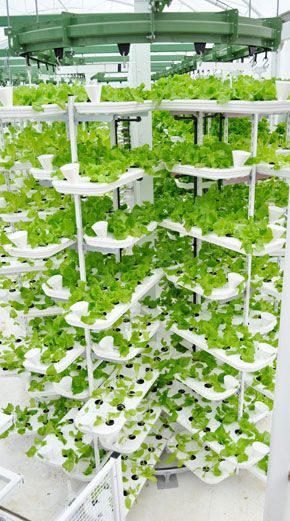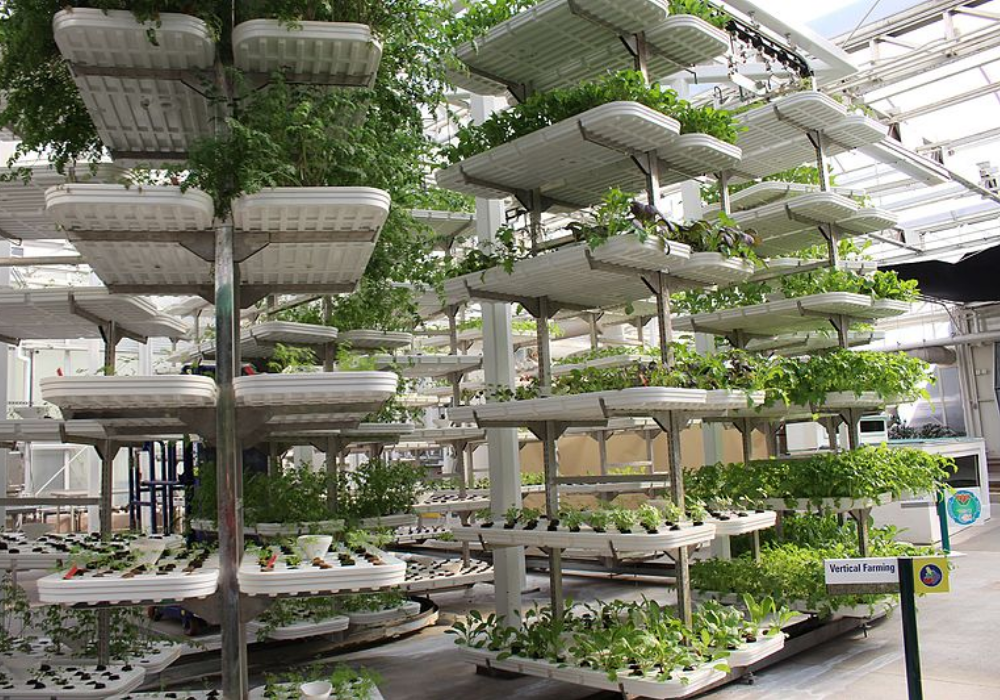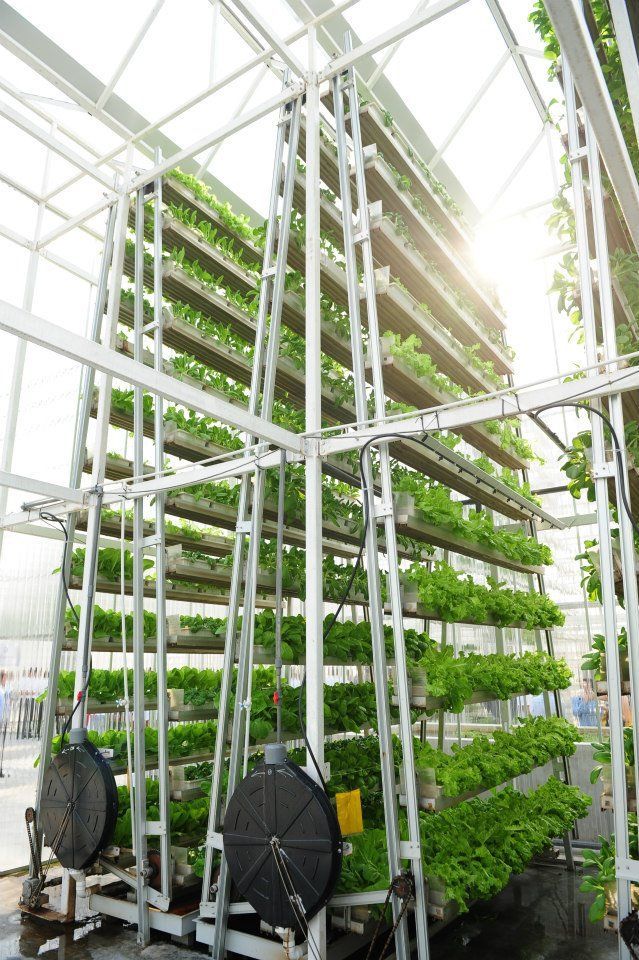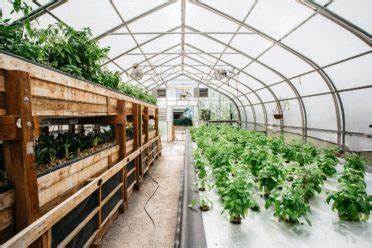
Vertical Farms: A Sustainable Investment for the Future
Introduction
Vertical farms have emerged as a promising solution for addressing food security and environmental concerns in the face of a growing global population. This article aims to explore the relevance of vertical farms in sustainable investing and highlight their importance in addressing food security and environmental concerns.
Historical Background
The concept of vertical farming can be traced back to the ancient civilizations of Babylon and Aztec, where the practice of hydroponics was first introduced. However, it was not until the 20th century that the idea of vertical farming gained traction. Over time, vertical farming techniques and technologies have evolved significantly, with the introduction of aeroponics and aquaponics. Notable milestones and breakthroughs in the field have further propelled the advancement of vertical farming.
Key Concepts and Definitions
Vertical farming can be defined as the practice of growing crops indoors in stacked layers, utilizing artificial lighting and controlled environments to maximize crop production. Hydroponics, aeroponics, and aquaponics are integral to vertical farming. Hydroponics refers to the method of growing plants without soil, using mineral nutrient solutions in a water solvent. Aeroponics involves growing plants in a misty environment without the use of soil or water. Aquaponics combines hydroponics and aquaculture, creating a symbiotic system where plants and fish coexist. Sustainable practices are crucial in vertical farming to ensure minimal environmental impact and resource conservation.
Main Discussion Points
Point: The Environmental Benefits of Vertical Farms
Vertical farming offers numerous environmental benefits. By utilizing vertical space, vertical farms significantly reduce land and water usage compared to traditional agriculture. This leads to higher yields per square foot, reducing the need for expansive farmland. Additionally, vertical farming can mitigate climate change through carbon sequestration. The plants grown in vertical farms absorb carbon dioxide, reducing greenhouse gas emissions. Lastly, vertical farms promote biodiversity and preserve ecosystems by minimizing the need for deforestation and pesticide usage.

Point: The Economic Opportunities of Vertical Farms
Vertical farms have the potential to stimulate local economies and create job opportunities. With the rising demand for sustainably grown produce, vertical farms can meet this demand and capture niche markets. By producing fresh and locally sourced crops, vertical farms can provide economic growth to communities. Moreover, vertical farms can improve food security in urban areas by reducing dependence on long-distance transportation and creating a resilient local food system.
Point: The Social Benefits of Vertical Farms
Vertical farms have the potential to provide fresh and nutritious food to underserved communities. By locating vertical farms in urban areas, access to fresh produce can be increased, particularly in food deserts. Additionally, vertical farms can promote food education and healthier eating habits by engaging communities in the growing process and educating them about sustainable practices. By addressing food deserts and improving food access for all, vertical farms contribute to social equity.

Case Studies or Examples
Successful vertical farms like AeroFarms in New Jersey and Plenty in California have showcased the scalability and replicability of vertical farming. These farms have overcome challenges such as optimizing lighting and nutrient delivery systems to achieve high crop yields. Their success highlights the feasibility of vertical farming as a sustainable solution for food production.
Current Trends or Developments
Recent advancements in vertical farming technologies have accelerated its adoption by major companies and investors. Companies like Philips and Panasonic are investing in vertical farming technologies, recognizing their potential for sustainable food production. Research findings and innovations in the field of vertical farming, such as the use of artificial intelligence and robotics, are enabling further optimization and efficiency in crop production.
Challenges or Controversies
Vertical farming is not without its challenges. Critics argue that the sustainability and profitability of vertical farms are questionable. Concerns regarding energy consumption, upfront costs, and long-term viability have been raised. Differing viewpoints on the benefits and limitations of vertical farming underscore the need for further research and development. Regulatory and policy challenges, such as zoning regulations and food safety standards, also pose potential obstacles for vertical farms.

Future Outlook
Vertical farming holds immense potential for sustainable investing in the future. With advancements in technology and the increasing focus on sustainable practices, vertical farms are poised for growth. The integration of vertical farms into smart cities and urban planning can revolutionize the way we produce and consume food. Market trends indicate a growing demand for locally sourced and sustainably grown produce, positioning vertical farms as a significant player in the agricultural industry.
Conclusion
Vertical farms offer a sustainable investment opportunity by addressing food security and environmental concerns. Their environmental, economic, and social benefits make them a viable solution for the future of agriculture. The scalability and replicability of successful case studies further support the potential of vertical farming. As research and development continue to advance the field, vertical farms have the potential to revolutionize food production and contribute to a more sustainable future.
References
Despommier, D. (2010). The Vertical Farm: Feeding the World in the 21st Century. St. Martin’s Press.
Specht, K., Siebert, R., Hartmann, I., & Freisinger, U. B. (2014). Urban agriculture of the future: an overview of sustainability aspects of food production in and on buildings. Agriculture and Human Values, 31(1), 33-51.
Nelson, M. (2018). The Future of Vertical Farming: Feeding the World in the 21st Century. Springer.




